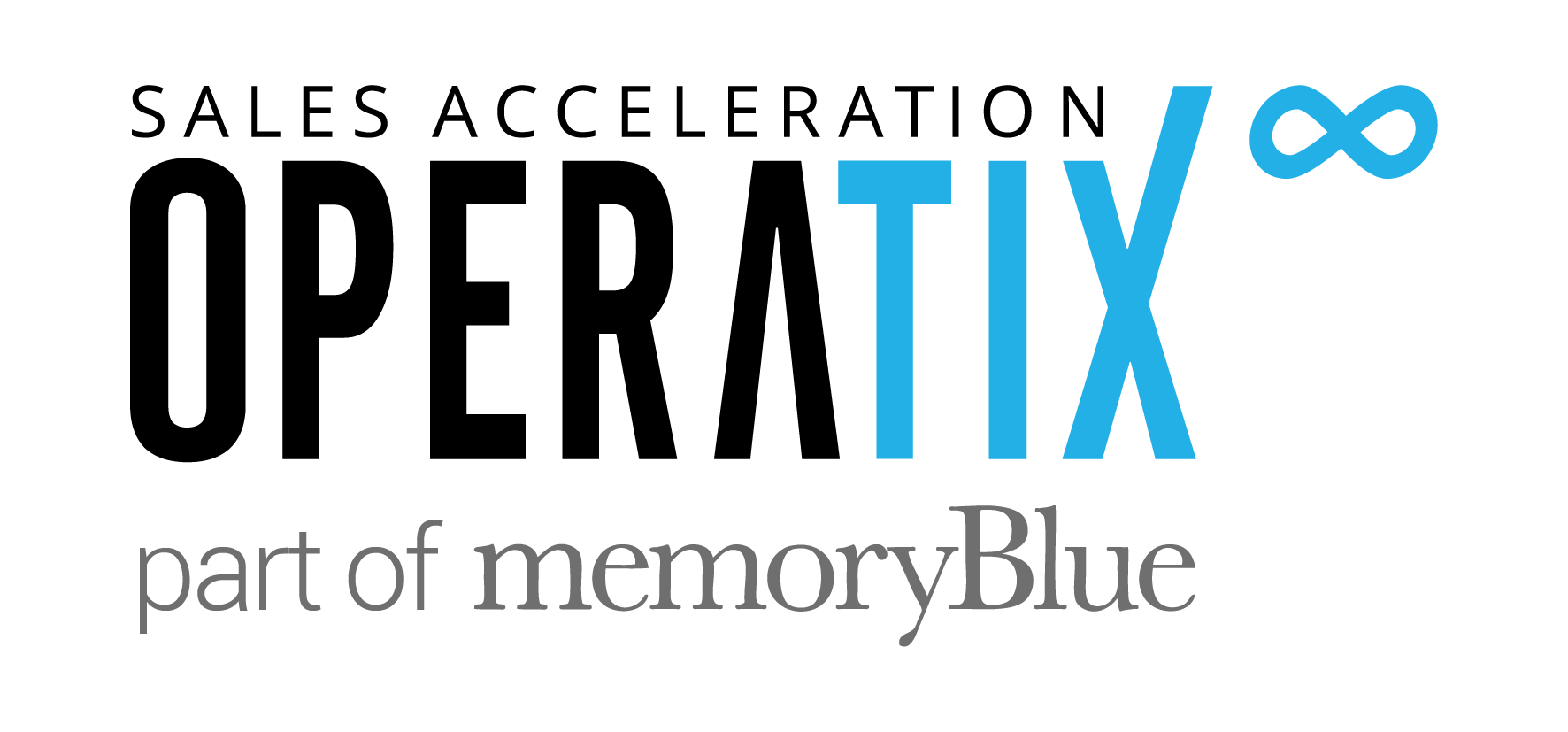Paid ads often take a big chunk out of marketing budgets.
Worse yet, if you don’t do them right, your sales team may not even follow up on the leads.
Amit Lavi is Co-Founder and CEO at Marketing Envy. He’s run plenty of successful digital advertising for ABM campaigns. We interviewed him on the B2B Revenue Acceleration podcast, and he shared three reasons why he focuses on specific companies in ABM ad campaigns as well as some of his best practices for using marketing budgets on digital ads.
Here’s what we learned.
3 reasons your ABM ads should focus on individual companies
First things first: we need to be clear about what we mean when we say “ABM.” There are lots of understandings of what it means.
Classic ABM is about finding 10-20 companies and targeting them with custom content. When we go digital, we can scale it. That’s exactly what we’re talking about here.
More than 80% of the budgets of PPC that Marketing Envy is doing today—especially on LinkedIn and Twitter—is focused on specific companies. Instead of using a targeted criteria like “job title,” “interests,” etc., they try to focus as much as possible on a known list of companies.
It’s beneficial in several ways:
1) Salespeople tend to deprioritize leads from PPC unless they are people wanting to buy the product now.
But most leads are not like that, especially from PPC. When you want to reach a mass of people, you have to cast a wide net. But when salespeople see that the lead is from a company they’re actually targeting, they’re more likely to focus on them.
2) By dividing companies and specific personas within those companies, we can actually create awareness for our product.
Most companies will not have the funds to do a global awareness campaign. But if you target diverse ads to 100-200 companies, and to 20 people within each of those companies, then within a few months you’ll create more awareness of who you are.
3) By dividing companies, you are able to customize and personalize.
Obviously, you can’t customize ads down to the person every time. But if you want to promote your product or service to three or four verticals at the same time, you don’t have to.
It’s easy to go after companies in one industry and choose content that’s relevant to that industry. This increases the chances of turning them into leads.
Amit’s recommendation is to first use LinkedIn, then re target on other channels to keep those people exposed to your messages. Never focus on just one channel.
“Today, we’re all online all the time,” Amit said, “and any place where people are is a place you should be.”
For people up to the age of 35-40, Instagram and Facebook can be valuable platforms for re targeting. But they should be secondary options—not primary.
How to use your digital marketing budget on ads


I recommend focusing on less people, but targeting them broader.
Amit Lavi – Co-Founder and CEO at Marketing Envy
First, ask salespeople which companies they’re already working on. Then, see how many relevant people in those companies you can find on LinkedIn. Finally, cover them with maximum budget.
A click on LinkedIn in the U.S. can cost between $8-$10, so you won’t want to use all of your budget. Try to get them once on LinkedIn, then re market to them on other channels.
We all know that B2B requires more digital touch points. That’s nothing new. But you can artificially create those touch points by finding the person on Twitter, Instagram, Reddit, Quora, etc. and getting the message across again and again until they reach back.
Amit recommends focusing on less people but targeting them more broadly. Marketers tend to diminish the importance of awareness, of constantly having their message in front of people. This is a mistake.
If you have a small budget, focus on a small list of companies but make sure you’re reaching them every day. Your initial budget will probably be between 30-40% on LinkedIn. Then you can use the rest on the other platforms.
Again, we need to emphasize that you should first target the companies your salespeople are already going after. What happens too often is marketers run amazing ABM campaigns, drive engagement, but then no one follows those leads.
Don’t throw your money away.
2 key KPIs that a digital marketer should be looking at


Salespeople want to go where the money is, so we need to show them the potential.
Amit Lavi – Co-Founder and CEO at Marketing Envy
Before you start talking about KPIs, talk about measurement. And when you talk about measurement, remember that not everything is measurable.
Especially with B2B, the non-measurable stuff is as important as the measurable.
For example, despite all the tracking we have nowadays, we still can’t know for sure how many people came to our website organically after they saw an ad somewhere. When you increase ads on LinkedIn, you’re likely to see more organic searches. The challenge is tying them together.
Amit recommends focusing on KPIs that revolve around engagement of the whole company, with any asset you have. For example, if you’re targeting people from Bank of America, you should look at how many engagements you get from Bank of America, whether that’s e-book downloads, website visits, etc.
The goal at the end is for salespeople to start talking to people from Bank of America and to get more people to know about your company.
So the first KPI is engagement.
The second is the impact of the campaigns on deals moving in stages.
This is hard to measure, but it’s more important than cost-per-lead. Cost-per-lead is a secondary KPI. In the end, it only relates to what you’re spending on a specific channel, but it does not have a direct impact on the business side altogether.
“Let’s be realistic,” Amit said. “Salespeople want to go where the money is, so we need to show them the potential.”
This post is based on an interview with Amit Lavi from Marketing Envy.
To hear this episode, and many more like it, you can subscribe to The B2B Revenue Acceleration Podcast.
If you don’t use iTunes, you can listen to every episode here.





